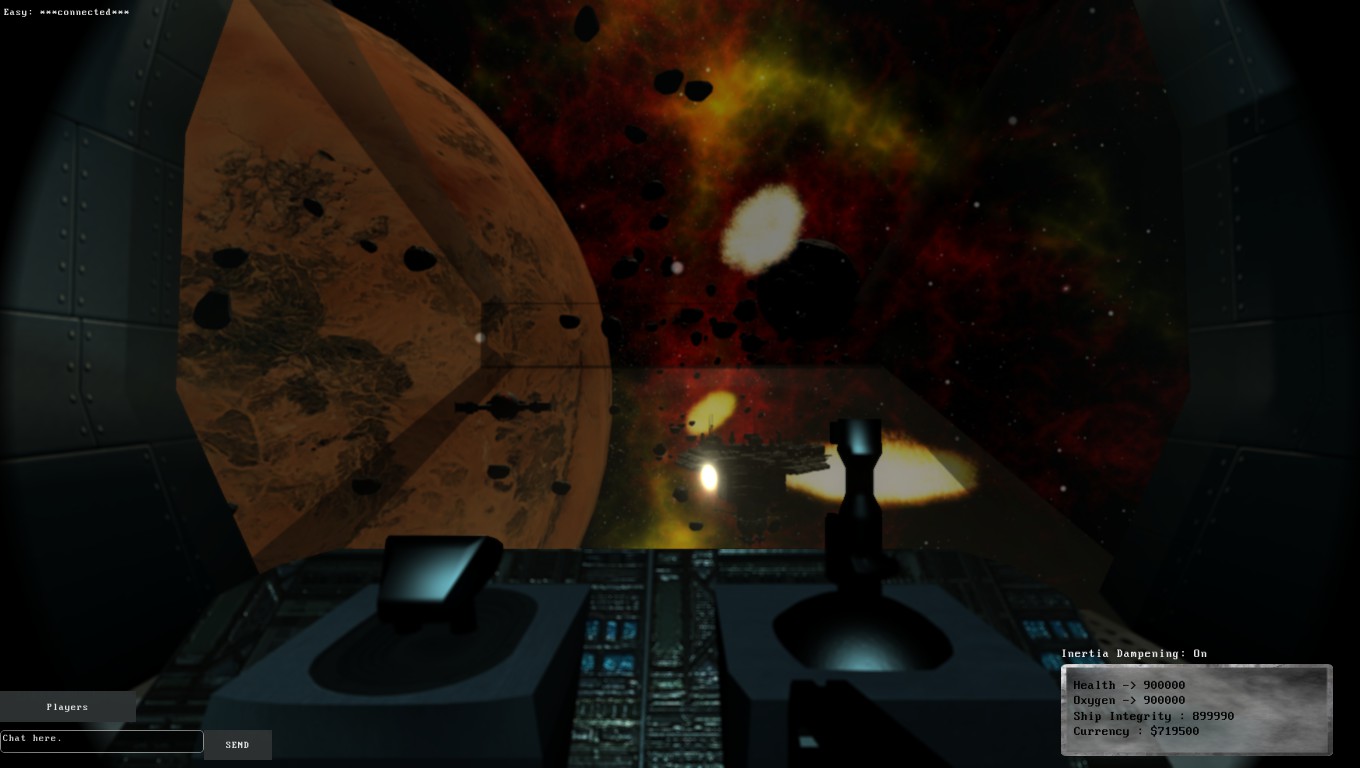

You find also the last update date of the related file. Each row of a single update contains the date the data is valid.

With some satellite you find a link to the mission description at the NSSDC. student Callum Donnan of the University of Edinburgh, found a candidate galaxy at a redshift of 16.7, which equates to just 250 million years after the Big Bang. Of this reionization-era BAL quasar will provide a powerful probe of theĮffects of AGN feedback on the growth of the earliest massive galaxies. Updates of those data on this web site will be available not frequently but by opportunity. Luminosity of $3.6\times10^$ and a dust mass of $\sim7\times10^7~M_\odot$. J0313$-$1806, the most distant quasar yet known. We report the discovery of a luminous quasar at $z=7.642$, To a combination of their low spatial density and the high contamination rate

Supermassive black holes (SMBHs) and the history of cosmic reionization.ĭespite extensive efforts, only two quasars have been found at $z\ge7.5$, due
REDSHIFT 7 PDF
Follow-up observations of this reionization-era BAL quasar will provide a powerful probe of the effects of AGN feedback on the growth of the earliest massive galaxies.Download a PDF of the paper titled A Luminous Quasar at Redshift 7.642, by Feige Wang and 21 other authors Download PDF Abstract: Distant quasars are unique tracers to study the formation of the earliest A huge panorama of the Milky Way, photo-realistic horizons and a 3-D flight out of our galaxy are only a few ways in which Redshift turns astronomy into a breathtaking and inspiring experience. Exploration into space led to the discovery of RedShift 7, a cosmos in the distant galaxy which contained the first stars in existence. Atacama Large Millimeter/submillimeter Array observations detect the dust continuum and emission from the quasar host galaxy, yielding an accurate redshift of 7.6423 ± 0.0013 and suggesting that the quasar is hosted by an intensely star-forming galaxy, with a star formation rate of ∼200 M ⊙ yr -1 and a dust mass of ∼7 × 10 7 M ⊙. Redshift 7 Premium is your comprehensive guide to the heavens.
REDSHIFT 7 DRIVER
I have run Redshift 7 with the ASCOM 5.x Telescope Simulator driver successfully under Windows 7 32 & 64 bit, so I dont think Redshift 7 is the problem. That would eliminate security problems preventing Redshift from communicating through COM to ASCOM. The relativistic BAL features, combined with a strongly blueshifted C IV emission line, indicate that there is a strong active galactic nucleus (AGN)-driven outflow in this system. If that doesnt cure the problem, you might run Redshift as administrator. In addition, the quasar spectrum exhibits strong broad absorption line (BAL) features in C IV and Si IV, with a maximum velocity close to 20% of the speed of light. The existence of such a massive SMBH just ∼670 million years after the big bang challenges significantly theoretical models of SMBH growth. Deep spectroscopic observations reveal a SMBH with a mass of (1.6 ± 0.4) × 10 9 M ⊙ in this quasar. This quasar has a bolometric luminosity of 3.6 × 10 13L ⊙. » With some satellite you find a link to the mission description at the NSSDC. We report the discovery of a luminous quasar at z = 7.642, J0313-1806, the most distant quasar yet known. Updates of those data on this web site will be available not frequently but by opportunity. Despite extensive efforts, only two quasars have been found at z ≥ 7.5, due to a combination of their low spatial density and the high contamination rate in quasar selection. Distant quasars are unique tracers to study the formation of the earliest supermassive black holes (SMBHs) and the history of cosmic reionization.


 0 kommentar(er)
0 kommentar(er)
